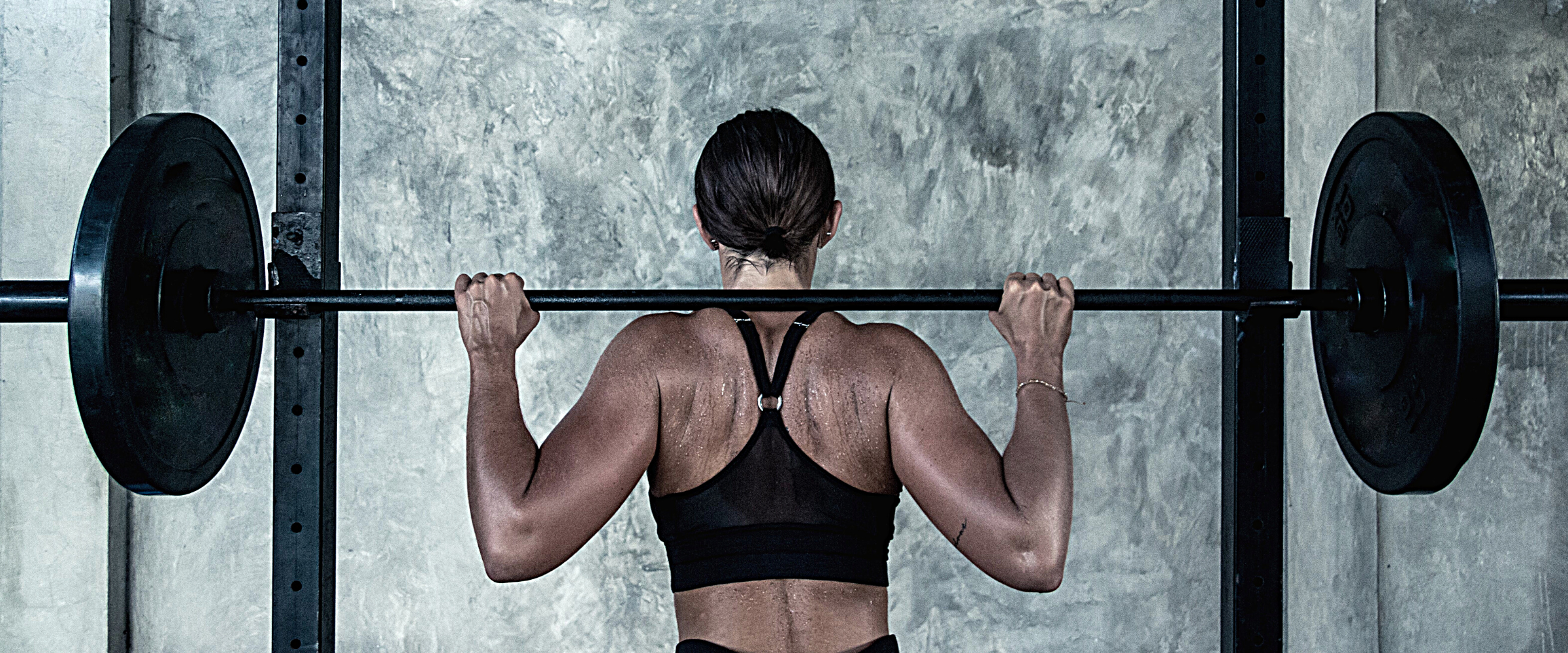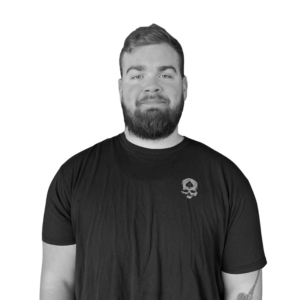
“…squatting is very different for each individual. The form you choose will affect your range of motion, strength, and the effectiveness of the squat, particularly when it comes to muscle growth. Not to mention squatting with poor form can result in injury.”
- Sean Horan

How to Find the Best Squat Technique for You!
When it comes to lifting weights, or the realm of fitness in general, one of the most important movements is the squat. There are countless ways to incorporate a squatting movement into your workout. It is a compound movement with many benefits, such as muscle growth, strength improvements, and movement longevity. But squatting is very different for each individual. The form you choose will affect your range of motion, strength, and the effectiveness of the squat, particularly when it comes to muscle growth. Not to mention squatting with poor form can result in injury.
No Two Squats are the Same
No two squats are the same because everyone’s anatomy is different, even if the differences are very slight. Some factors to consider when learning what squat stance is best for you are hip mobility, squat stance, body proportions, ankle mobility, and toe-out angle.
Hip mobility will affect the width that you will have to squat within. The less mobility, the wider you will have to go for maximal strength output. If your hip mobility is poor, stretching and working on movement within the hip joint can significantly improve your squat.
The factor of body proportions refers to how long your femurs (thighs) are. People with longer femurs will often squat with their torso coming more forward. To counter this, it is more optimal for people with longer femurs relative to their torsos to squat with a wider, more toe-out squat. This will result in you having a more hip-dominant squat. If your goal is to build your thigh muscles, it may help to reduce the weight and squat in a more narrow stance to increase knee flexion.
That leads us to the factor of ankle mobility. The less ankle mobility, the harder it will be to create knee flexion, resulting in less quad growth. For someone with poor ankle mobility, using a heel lift, such as the metal one near the squat rack, will make it easier to squat to full depth. Stretching your ankle in a flexed position against a wall and practicing squatting with pushing your knees forward can also help mobility.
The final factor to look at is playing with the angle at which your foot is pointed. This is easiest to figure out by simply turning your feet out slightly and trying to squat. Continue this experiment until you find an angle that works for you.
Trial and Error
Squatting is not a one size fits all technique, and it will take time to figure out what works best for you and your anatomy. Get out of your comfort zone and try different stances to see what works best. Ask for assistance from a trainer or someone more experienced to be an extra pair of eyes. This will create the best base to improve your strength, muscle growth, and overall fitness.
If you’d like to learn more, contact Sean Horan, CPT, to set up a free consultation. Call us at 631-587-5766 or email Sean directly at: seanhoran7775285@gmail.com
Sponsored Links
About the Author

Sean Horan
Sean Horan is a Certified Personal Trainer and Strength Coach at Fitness Incentive with a degree in Kinesiology.









